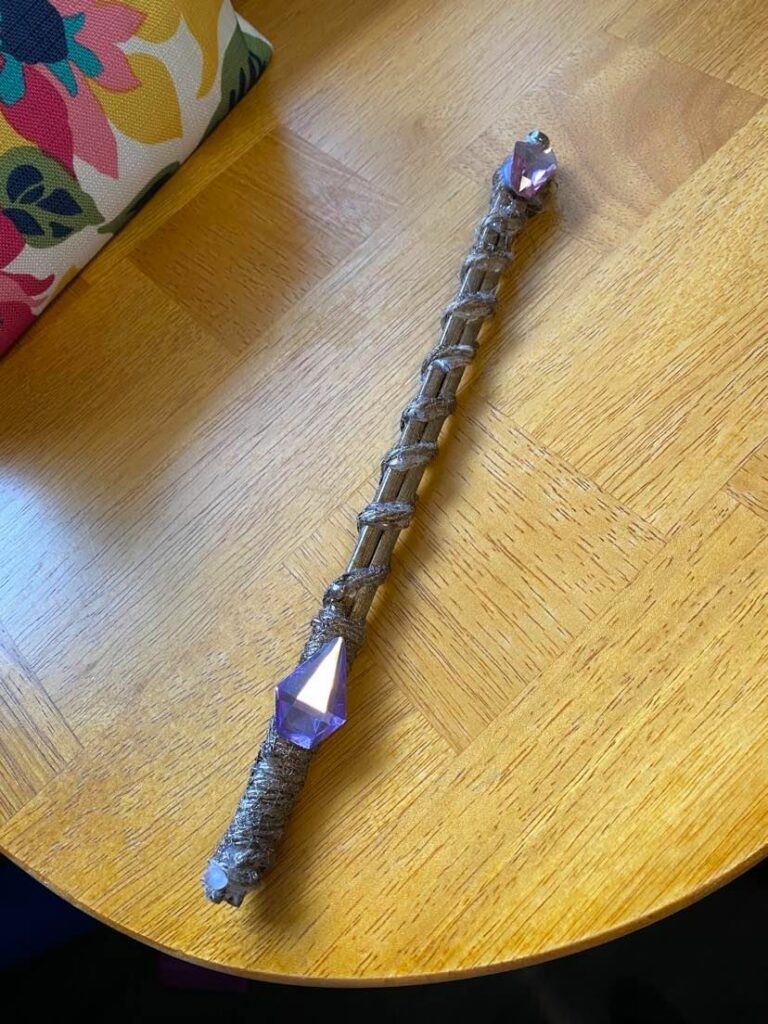Practicum Experience
In this section, Teacher Candidates will describe their practicum experiences from EDUC 390, EDUC 391, EDUC 490, and EDUC 491.
Subsections to this page highlight First Peoples Principles of Learning, Assessment for Learning, and Inclusive Education.
Teacher Candidates are encouraged to select exemplars from their practicum experience that describe who they are as educators and what they have learned and demonstrated as K-12 pre-service educators during practicum.
Reflecting on Educ 391
In this post, I would like to share a few of my favourite lessons that I had the privilege to do with my students, explore what I liked about them and why they went well in the classroom. During my first practicum, which was only a short three weeks, I taught Science, Math and Language Arts mainly. One of the stand-out lessons that I did with my students was focusing on magnetism for our forces unit we were covering. I was a little bit stumped on how to approach this topic because it was something I do not have a real depth of knowledge on and I wanted to make sure I was giving my students accurate and exciting information. My Coaching Teacher really supported me with this and told me that this class loved any type of experiment and that sometimes it’s best to focus on what skills you want your students to walk away with rather than facts about the subject. So going from there I decided that I wanted my students to focus on their questioning and observation skills, but how was I going to spark their interest? I searched the internet high and low looking for some sort of magnetism experiment that would work for this class- and that I had materials for. After watching a youtube video that had a compilation of many different experiments, I was caught by one of the clips which was only about thirty seconds. This clip showed someone making a “magic wand” out of a pair of chopsticks and hot glueing a magnet to the end. I thought using something like this to open my lesson would be very fun- so I headed to the dollar store to gather supplies and got to work.
Here I was in the late hours of the night hot gluing gemstones to my makeshift wand with my partner looking very confused as to what I was doing. I have to say I was pretty proud of my handy work and even though I am a grown adult I couldn’t help but feel a sense of whimsy while doing this. But I digress, it was show time. I started my lesson off by telling the students that we were going to continue exploring forces today but I had something to show them. I pulled out my Magic Wand and presented it to them. I started to walk around the room and attract things that were magnetic around the room like the chalkboard and paperclips. I asked them if anyone could tell how my magic wand works and what gives it its power; right away a student called out and said “it’s magnetic!” . After that, I thought the illusion would be broken and we would transition into some more serious content but I was pleasantly surprised that even though the kids knew it was just a magnet they were still so into it. I continued to demonstrate my wands powers on different objects and even threw in a few that were not magnetic to get them thinking and asked- why is my wand being picky? I used this to transition into a discussion about magnetic and non-magnetic objects. Then the kids were sent off to test some objects with a partner on their own. I wrapped up this lesson with a circle talk in our imaginary carpet space. We discussed what objects were magnetic and what ones were not and why that might be, we also discussed any big magnet questions they have. With these questions, I based my next lesson around them to answer the big questions about magnets this class had.
Overall, this was a super fun lesson to do and I was surprised and how well the students reacted to the theatrics of it all. I liked this lesson because since this was our intro lesson to magnetism I just wanted them to play and explore it without the pressure of having to understand everything about it. I think I will take this with me moving forward as a nice process for learning and I also like that it’s a hands-on way to understand the concept. The following day I had brought magnets in and all the supplies for the students to make their own wands because they loved it so much. I had a lot of fun with this lesson and so did the students and I think that’s why it was so successful, also who doesn’t like adding a little magic to the learning process? ( I apologize for my awful joke but I just had to)
